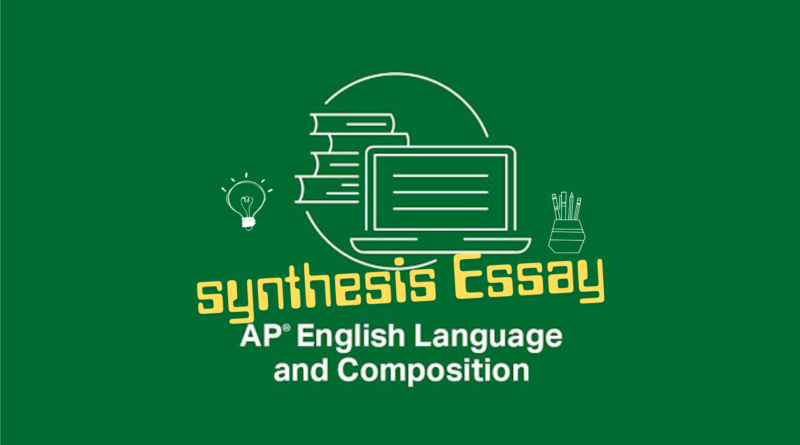Acing the Synthesis Essay on the AP Language and Composition Exam
The synthesis essay on the AP Language and Composition Exam is peculiar: it melds your argumentative skills with the ability to synthesize a number of sources into a single, coherent argument. Let’s look at how to approach this portion of the exam and craft an essay that stands out.
What Is the Synthesis Essay?
In this essay, you will be provided with several sources on a specific topic including articles, charts, or graphs. You are to create a specific position on the topic and justify it with information from at least three of the sources provided. In essence, you are writing an argument, but the added step involves incorporating information from outside sources.
How to Approach It:
- Read and Analyze the Sources
Start by carefully reading each source. Annotate key points, and look for evidence that either supports or challenges your own perspective. Consider which sources align with your argument and which could be used to acknowledge counterarguments. - Develop a Clear Thesis
After reading the sources, determine your stance on the topic and write a clear thesis statement. Your thesis should set up the main argument you’ll be supporting throughout the essay. - Plan How to Use the Sources
Decide which sources will best support each part of your argument. Remember, you only need to use three, but using more can add depth. Aim to integrate sources naturally into your argument, using them to back up your claims rather than letting them dominate your writing. - Organize Your Essay
Structure your essay with a clear introduction, body paragraphs, and conclusion. Each body paragraph should focus on a specific point, with evidence from the sources to support it. Integrate quotations or data smoothly, and explain how each piece of evidence supports your thesis.
Common Pitfalls
Avoid Source-Heavy Writing: You’re not summarizing the sources; instead, focus on your argument and use sources as support.
Don’t Ignore Counterarguments: Addressing opposing views shows depth. Use at least one source to acknowledge the other side.
Cite Sources Accurately: Use the source label or author’s name (if available) in parentheses or as an in-text reference. Incorrectly citing sources can affect your score.
Final Tips
Practice synthesizing information from multiple sources before the exam. Look for articles on the same topic and try writing a short argument using both. Practice smoothly integrating sources into your writing, weaving your ideas with the evidence. Keep in mind that synthesis means a connection of ideas, not a list of them. Having a clear plan, with the thoughtfully integrated sources and a strong thesis-all these are required to be successful on the synthesis essay and to show off your skills as a well-rounded writer.




